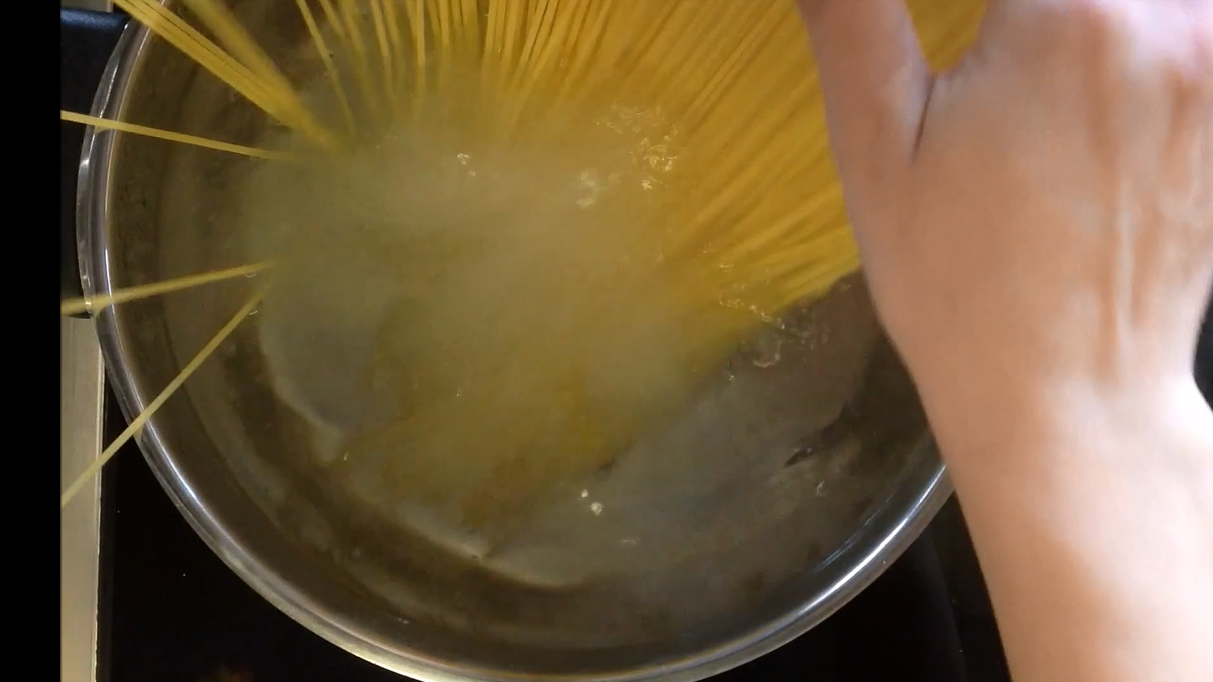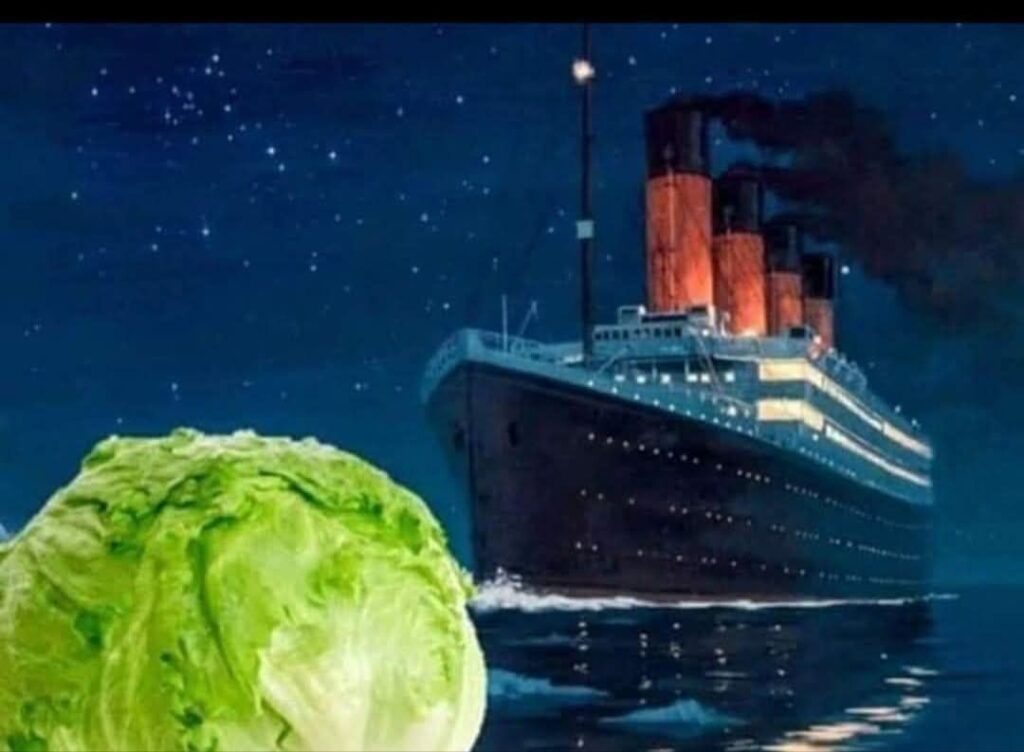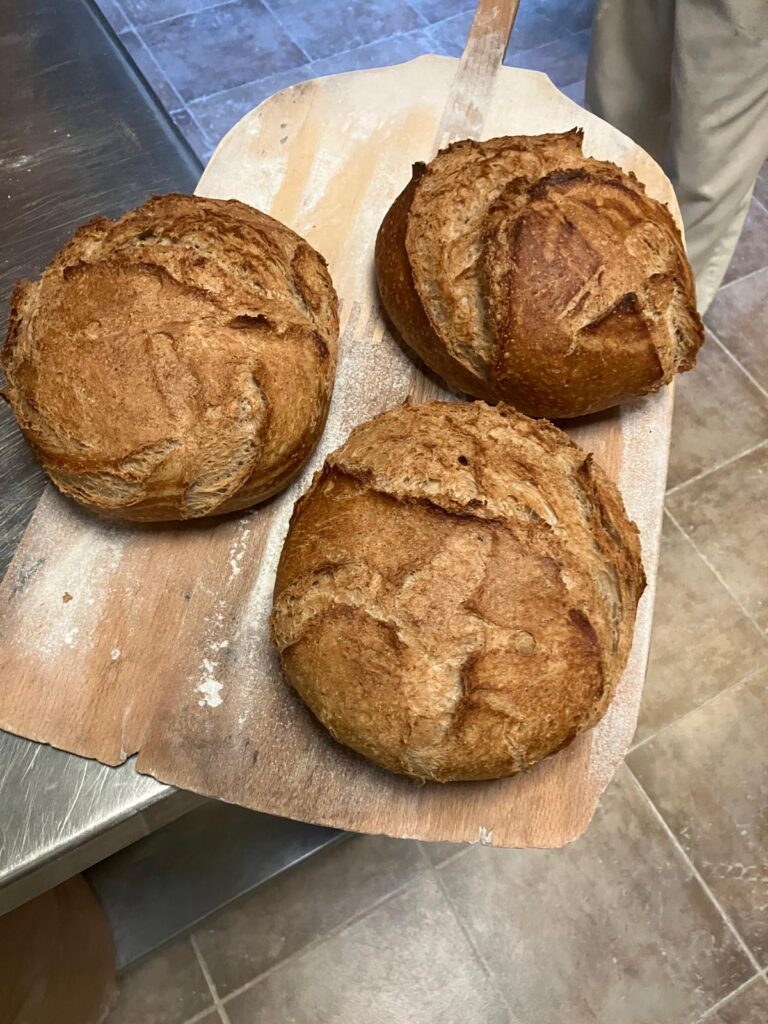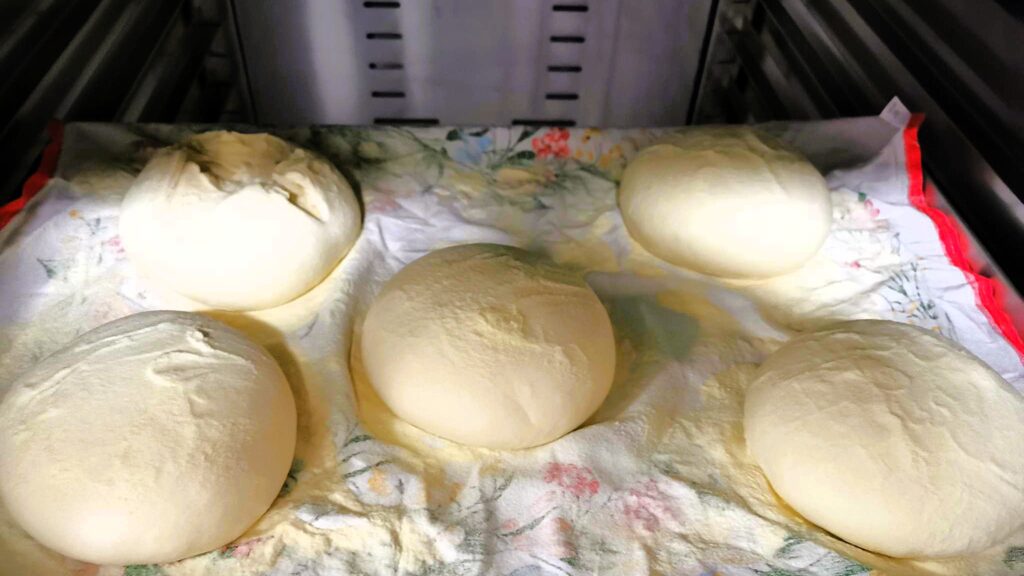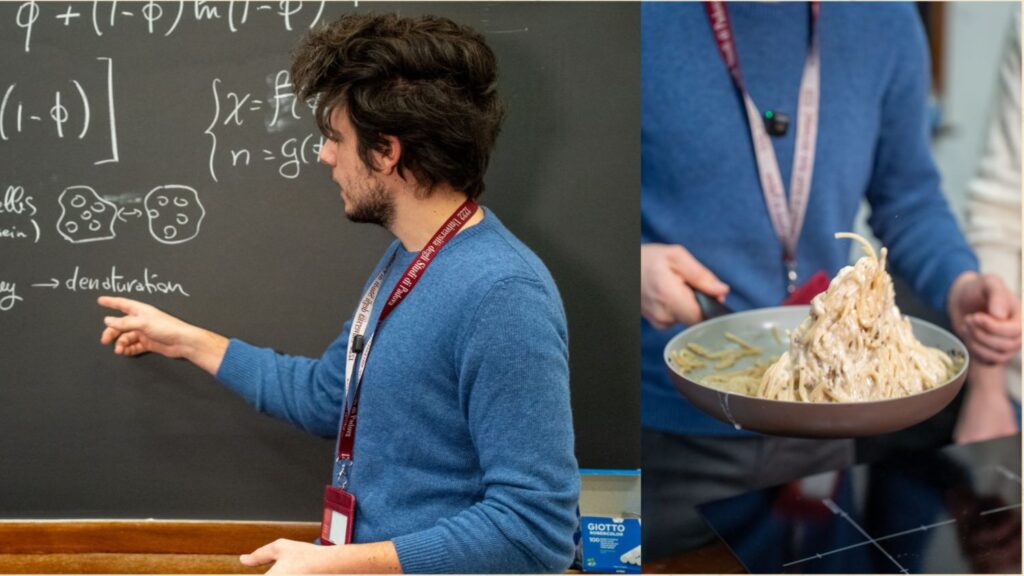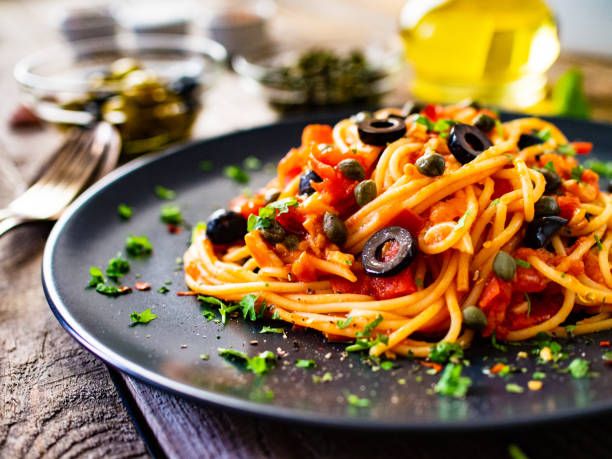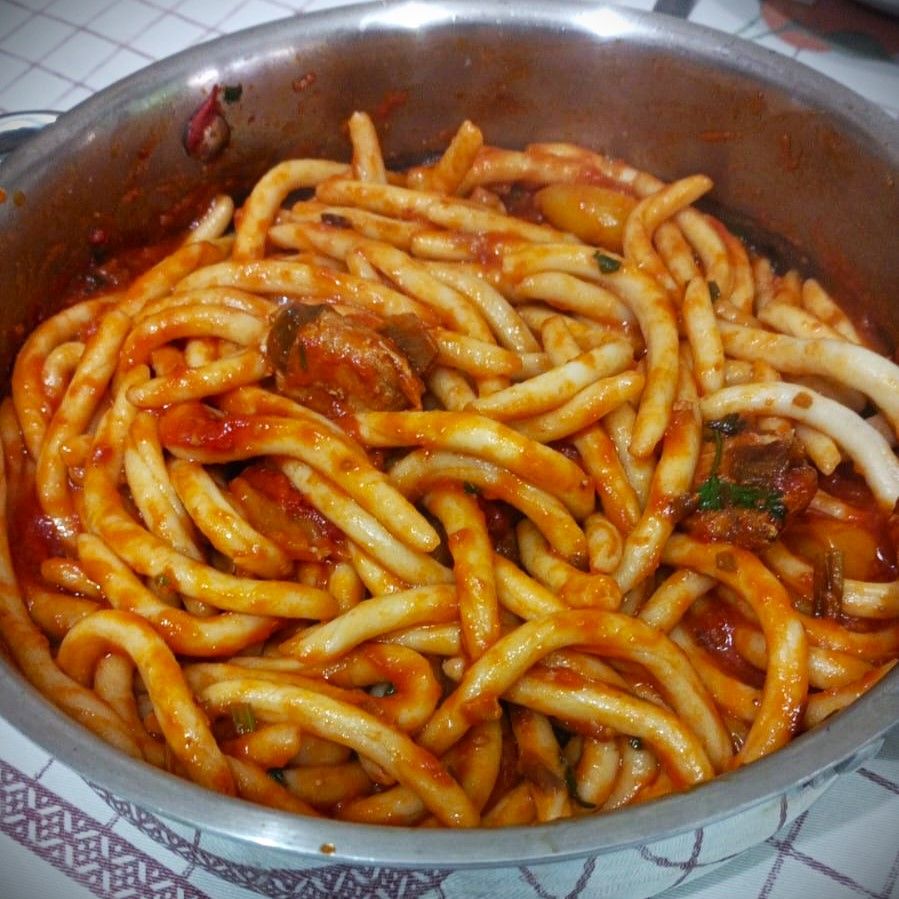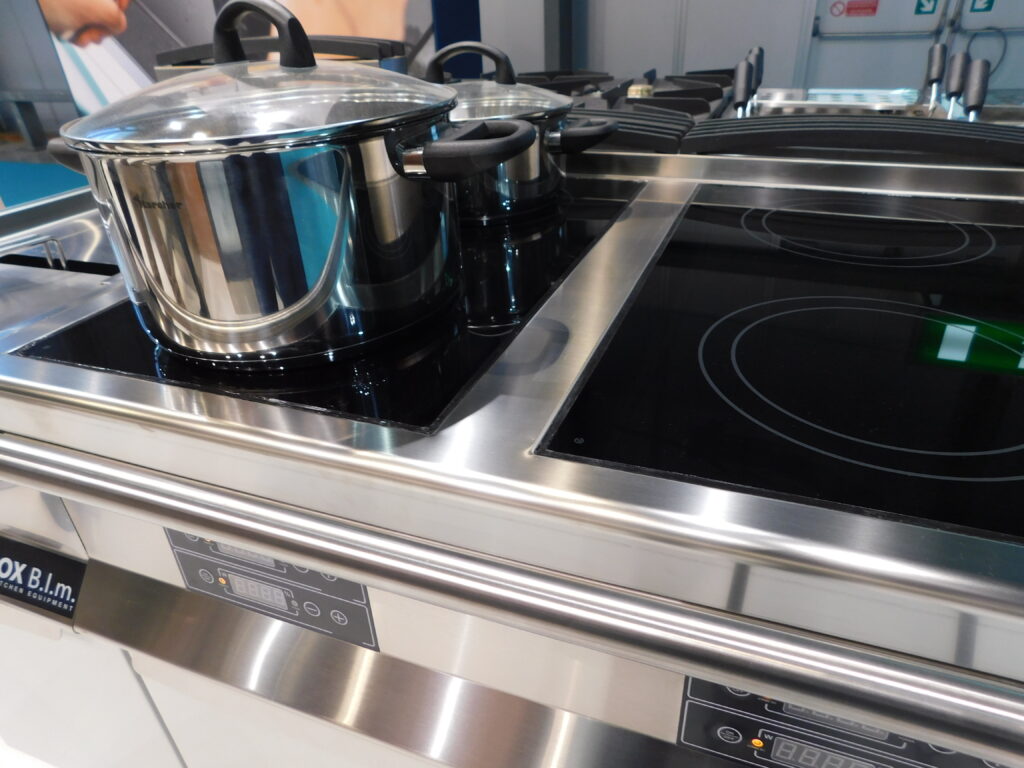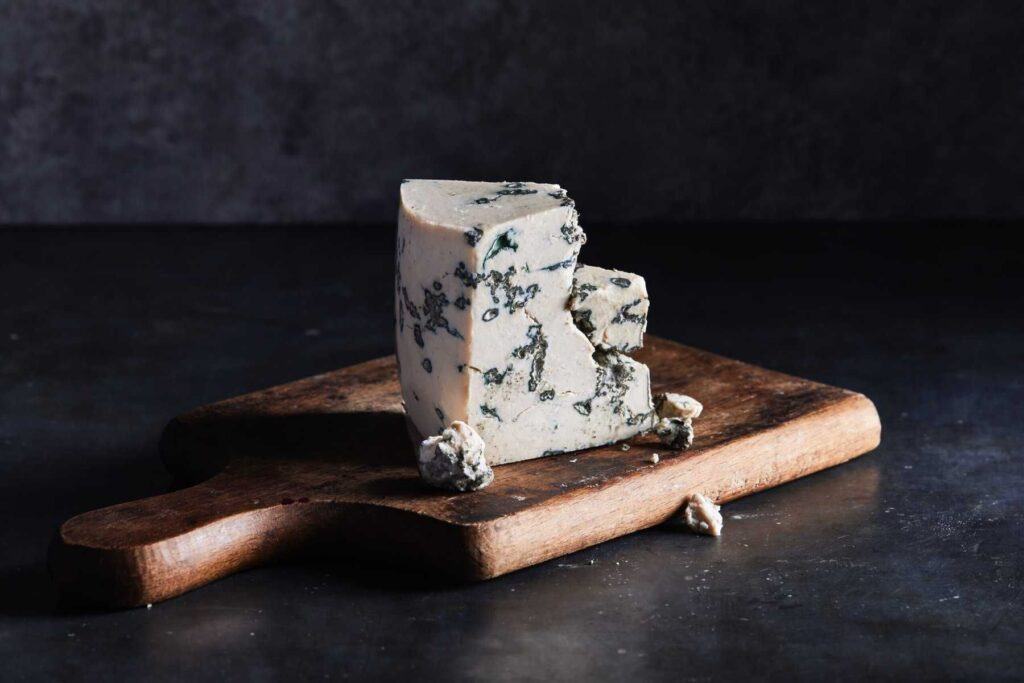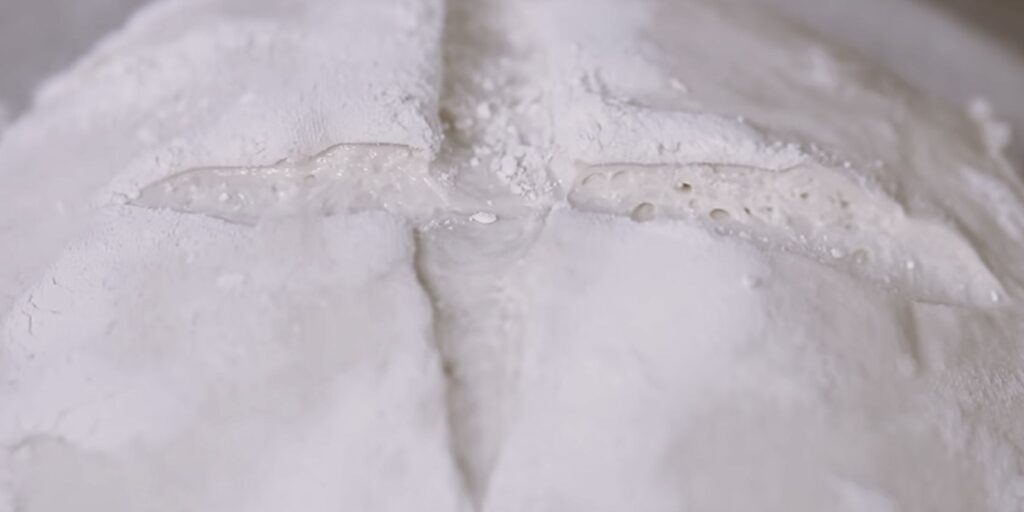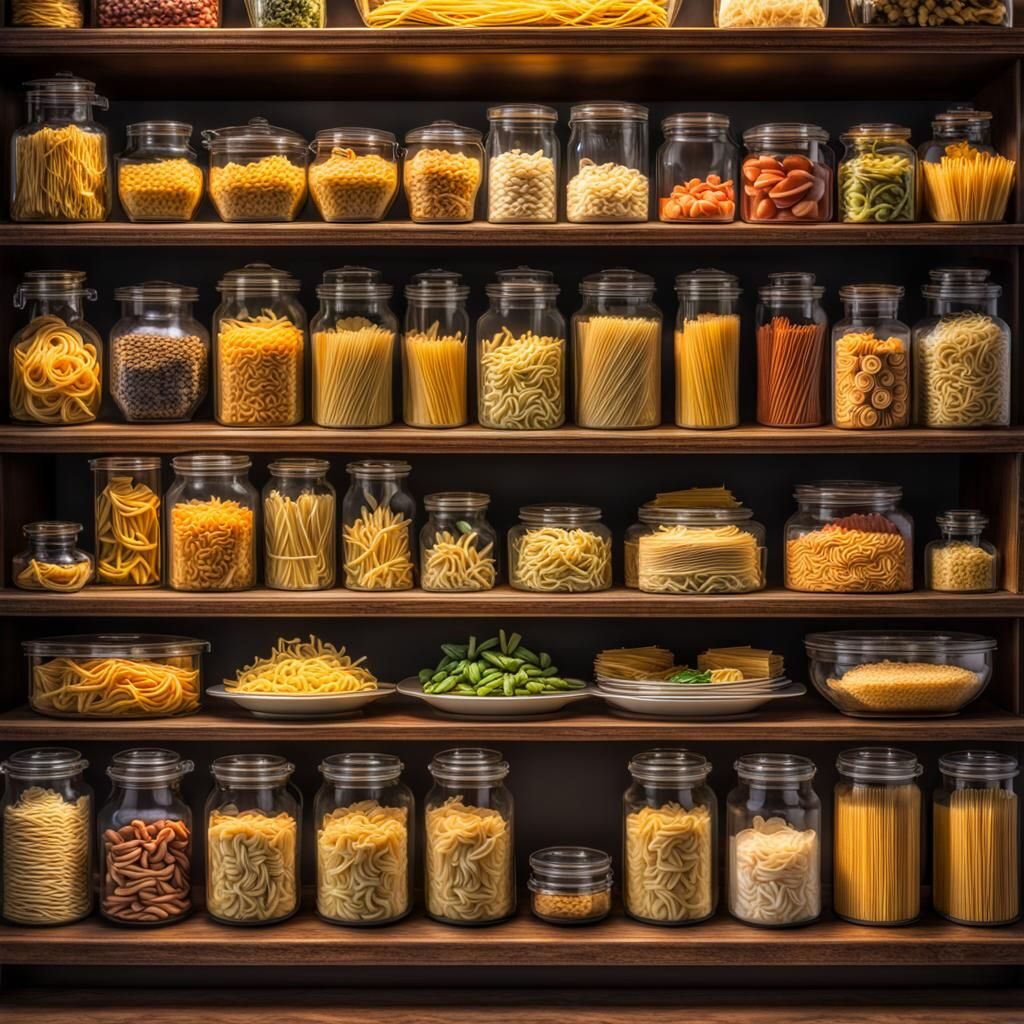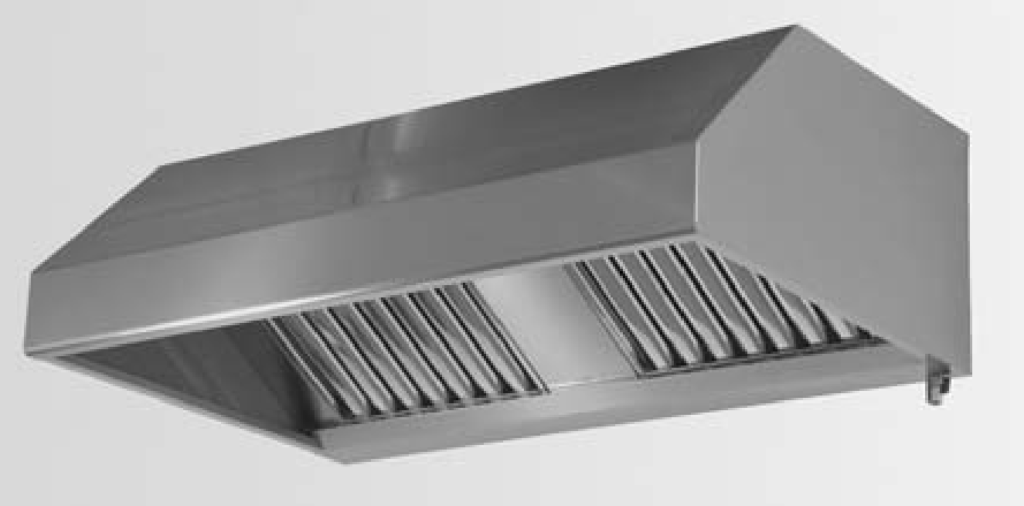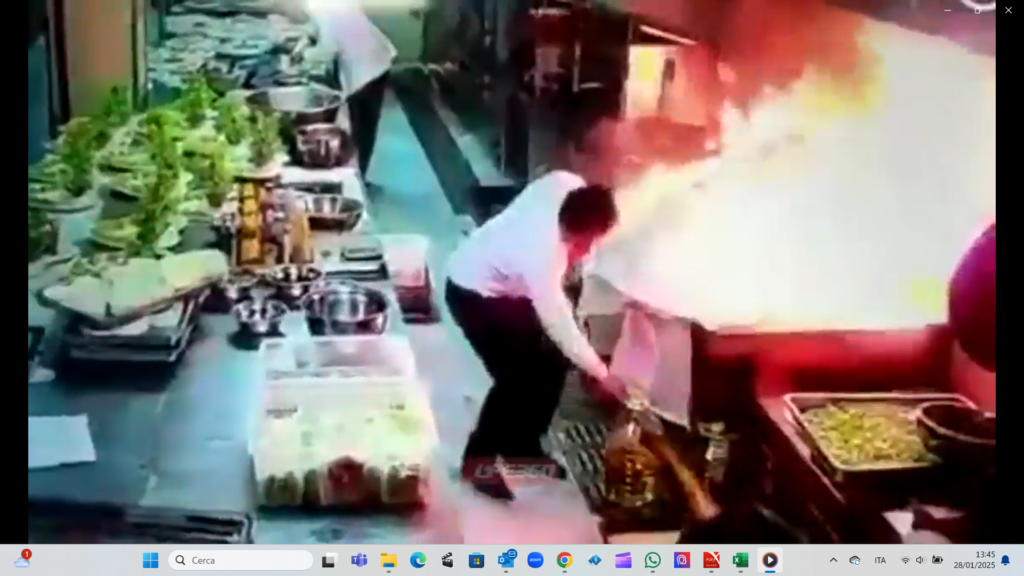When it comes to cooking, there is a practice of energy saving that, despite being quite simple, has never caught on too much: turning the burners off while the pasta is cooking. The so-called passive cooking.
Let’s start from the premise: we don’t need to boil the water to cook pasta. 80°C is sufficient to start those physicochemical phenomena (gluten coagulation and starch gelatinization) that make the pasta properly cooked.
So, you can bring the water to the boiling point, put a lid on (as tight as possible) and turn off the burner (doesn’t matter if gas, electric or induction). Normally, the water temperature does not drop below 80°C in the time it takes to cook most of the dry pasta on the market (under 15 minutes).
This kind of passive cooking works! If everything is done correctly, the pasta will be cooked at the same time it would be “traditionally”.
And, besides energy-saving, there are other pros: if you have only one cooking zone, you can move the pot (perhaps on a grill) and cook other food. Or, during the hot summer days, you can avoid further heating the room.
And again, by cooking the pasta passively, the water does not overflow from the pot, thus avoiding dirtying the cooking area.
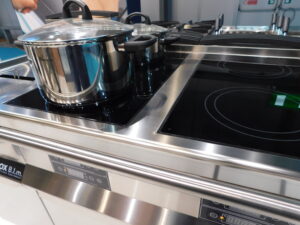
It works, try that yourself!
But… there is a “but“.
There are some clarifications to be made in fact:
– You need to add more water than necessary, as a small amount of water risks releasing the heat too quickly. For example, if we cook 100 grams of pasta “normally” with a litre of water, two would be needed to cook it passively (there’s an article suggesting how much salt and water to use: HERE). So, yes: gas (or electricity) is saved, but more water is wasted.
– You cannot open the lid to stir the pasta, as this would lead to a quick dispersion of heat (you won’t need stirring if you’re using plenty of water anyway)
– You can try this experiment with all types of burners range: electric, induction, gas. In any case, it is easier if you cook on an electric plate, even better if this is made of cast iron (as this retains the heat even after you switch it off); also the induction zone, normally in glass ceramic, retains some heat, as much as this is given to it by heat exchange from the bottom of the pot; the cast iron grids of the gas cooker retain some heat, but the surface of the pot that lies on a grid is minimal, and therefore of little help.
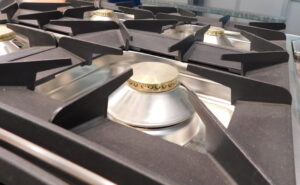
– It’s better to use a pot with a thick base, to further reduce heat loss. It is also important that there is a lid that is as tight as possible, which does not let the steam escape too quickly. Better if glass, so you can check the cooking visually.
– In professional kitchens, especially during peak hours, there must be a standardization: the professional operator prefers the “certainty” of boiling water which guarantees an identical timing for each cooking. Having to cook dozens of different dishes, the chef cannot taste the different degrees of cooking of each one. So, the professionals aim for the standard, which is guaranteed by boiling water.
– Water boils at 100°C at sea level. If we cook pasta at an altitude of 1000mt, it will boil at 96°C. If we are at 2000mt, at 93°C. At 3000mt, at 89.5°C and so on. It goes without saying that the temperature will reach a minimum of 80°C faster with a lower boiling point. If you are in La Paz or Quito, don’t even try it…
– The ambient temperature may affect the result: the water will cool down faster if there is 10°C rather than 20°C in the room.
– I’m not sure if this experiment works (at least, not always) with fresh pasta. This, being stored in the refrigerator, will lower the water temperature much faster.
– It is not clear to me (I have not yet finished my research on this) if egg pasta, having a different type of protein, can be cooked passively in the same way as durum wheat pasta.
In conclusion, burners on: yay or nay?
Draw your own conclusions…
Just remember to use INOX BIM equipment for your cooking. Either “passive” or “active”!

 Italiano
Italiano
